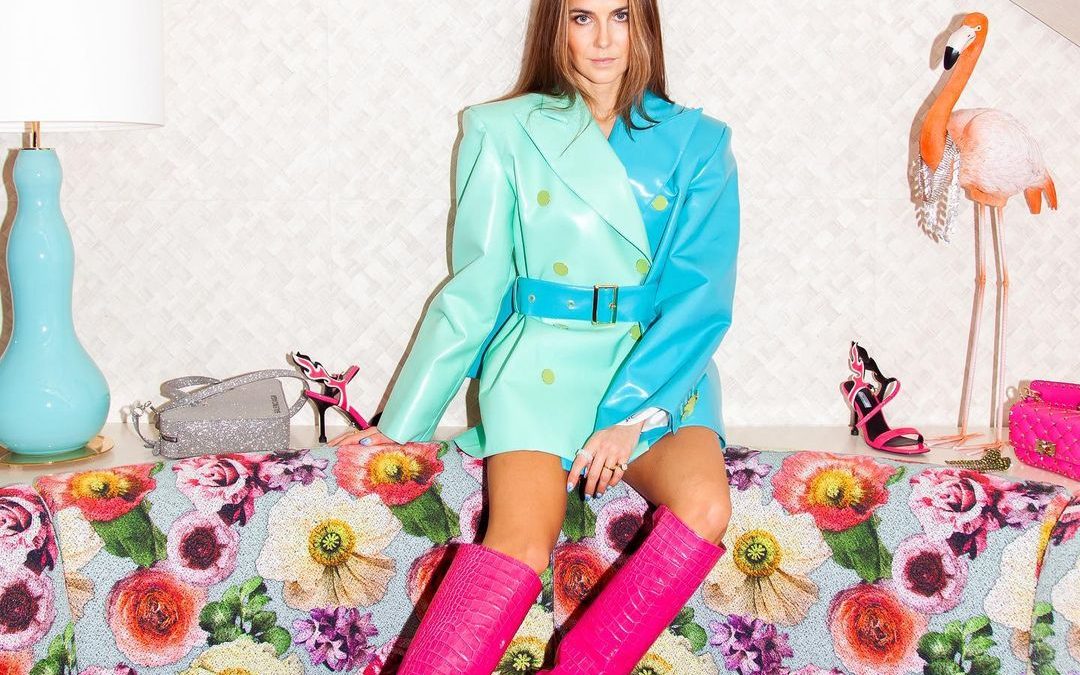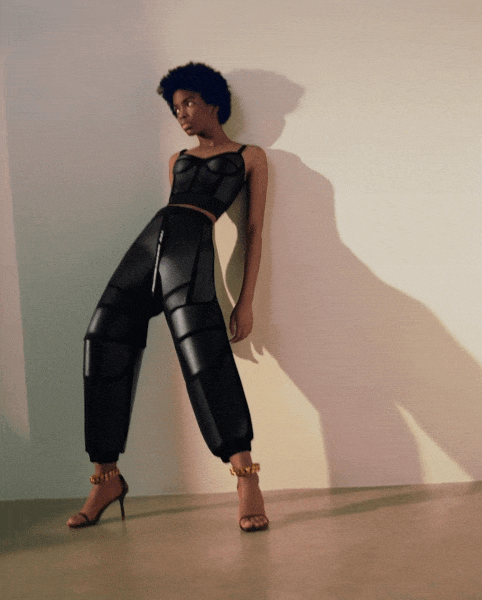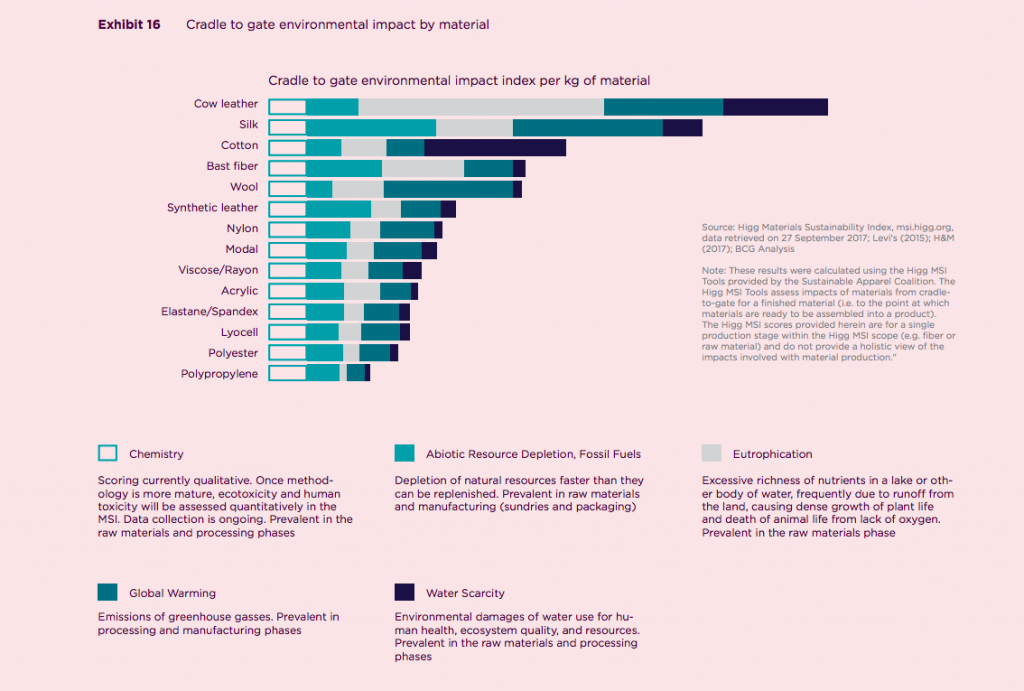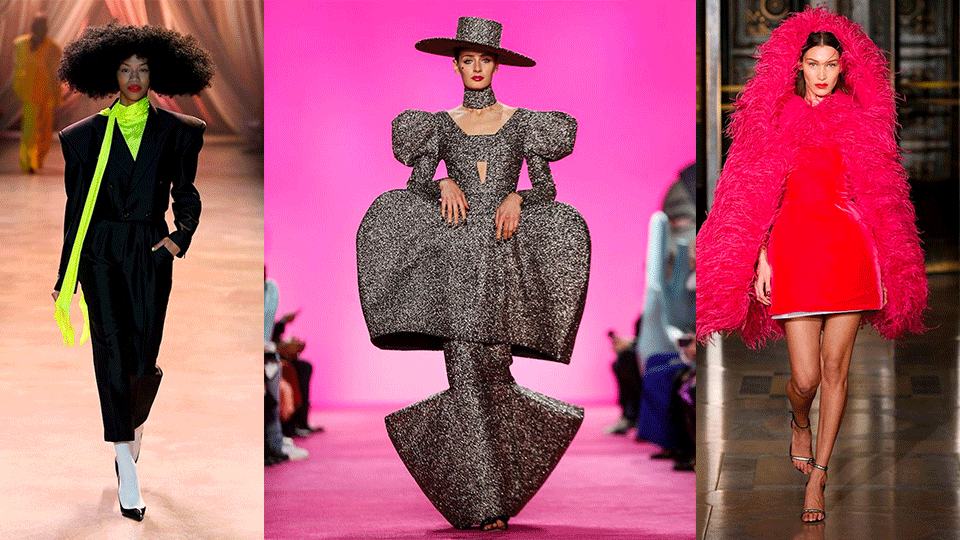- À New Wave to Fashion, À New Way of Living. Download Now on iOS Android Canada SS22
- hello@alahausse.ca
To Vegan Leather or Not To Vegan Leather

The 21st Century #HAUSSEPEOPLE Guide to Fashion Sustainability
April 2, 2021
Lagom: The Swedish Philosophy of Finding Balance
April 9, 2021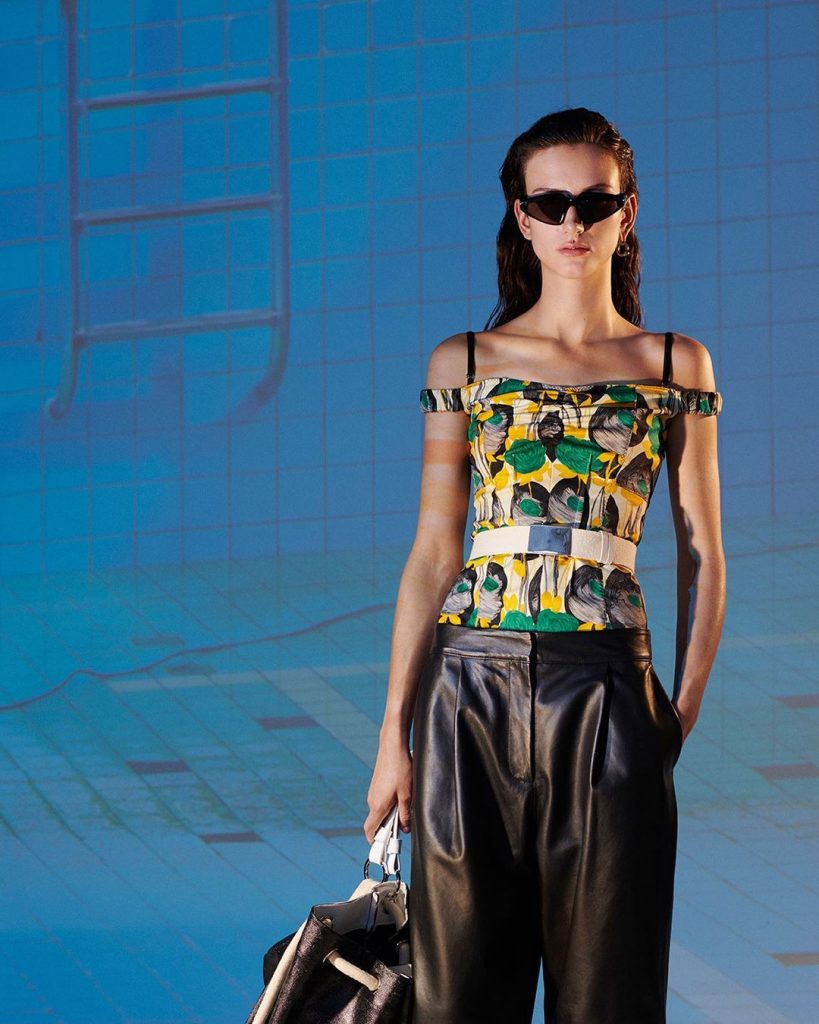
Written by Danielle Williams, Edited by Sheila Lau
Eco-friendly ethically sourced fabrics are trending and we love it, but how much do we really know about them? (We explore this in our natural fiber series. You can read part 1 and part 2 here!) Much like modal and bamboo, the sustainability of vegan leather is still a bit questionable and has both benefits and downsides.
Is Vegan Leather Sustainable?
Although rewarding, living an entirely vegan lifestyle can be a challenge for sure. For the fashion industry, choosing vegan has become significantly easier, because readily available vegan alternatives are on the market now.
As consumers, we absolutely have the right to know about what we’re wearing, so stand up for that right! Educating yourself on sustainability specs and greenwashing is a great first step to avoid companies who don’t focus on eco-friendly products. The vegan fashion industry is comparably new, but is progressing rapidly with a growing demand for ethical fabrics, free from animal cruelty.
Yes, faux leather has been in the game for a while, but being made from natural and sustainably sourced materials was never much of a concern because synthetic leather was cheap and affordable. However, fashion is evolving into a more eco-friendly industry, meaning your leather substitutes may no longer have to be made from PVC!
What is Vegan Leather?
Once known as pleather or synthetic leather, vegan leather is any material that is meant to mimic animal leather, but derives from artificial or plant products. Vegan leather consists mostly of polyurethane, versatile polymer (from fossil fuels) or polyvinyl chloride (PVC). These materials gained popularity due to their creased nature, which create a more realistic leather look.
Along with artificial constituents, vegan leather can also be produced from naturally sourced or recycled materials, such as cork, apple peels, pineapple leaves, recycled plastic, and more. Some materials currently being used for faux leather production are frutmat, pinatex, mirum, cork, rubber, muSkin, and scoby. Zero plastic is used in these!
Frutmat, also known as apple leather, is produced in Italy from peels and cores from the apple juice industry.
Piñatex is generated from pineapple leaves, which are generally a waste by-product that is discarded in the fruit industry. The fibres in the leaves allow for a strong and flexible material without any additional waste, farming or water. The only downside to this material is that it is not biodegradable due to the use of a petroleum-based coating, but we have high hopes this will soon change.
Mirum uses resources such as coconut and vegetable oil waste and combines it with cork and hemp waste to make a leather-like material.
Cork leather originates from cork oak trees, which grow in Portugal and are linked to sustainable foresting. Cork is gathered through a process of shaving away the nark, which is gentle on the tree and encourages regeneration so trees can live their best life, but longer!
Muskin is a leather substitute made from mushroom caps and we are absolutely living for this. The mushroom it derives from is called Phellinus Ellipsoideus, if you feel like being fancy, and it’s used because of its suede-like texture, absorbency and ability to limit bacteria. Some designers are already using this material for shoes and we want more!
Scoby can’t really be described in an appealing way so here it is: a mushy blob of bacteria. It is a symbiotic culture of bacteria and yeast, so if you love kombucha you’ll definitely recognize this process. After the mushy blob is created, it is dried flat and naturally becomes a leather-like material.
These are only a few of the methods and materials being used, and we only see this growing. There’s constant discovery and development in the alternative leather industry, so we have no doubt you’ll hear about more innovations.
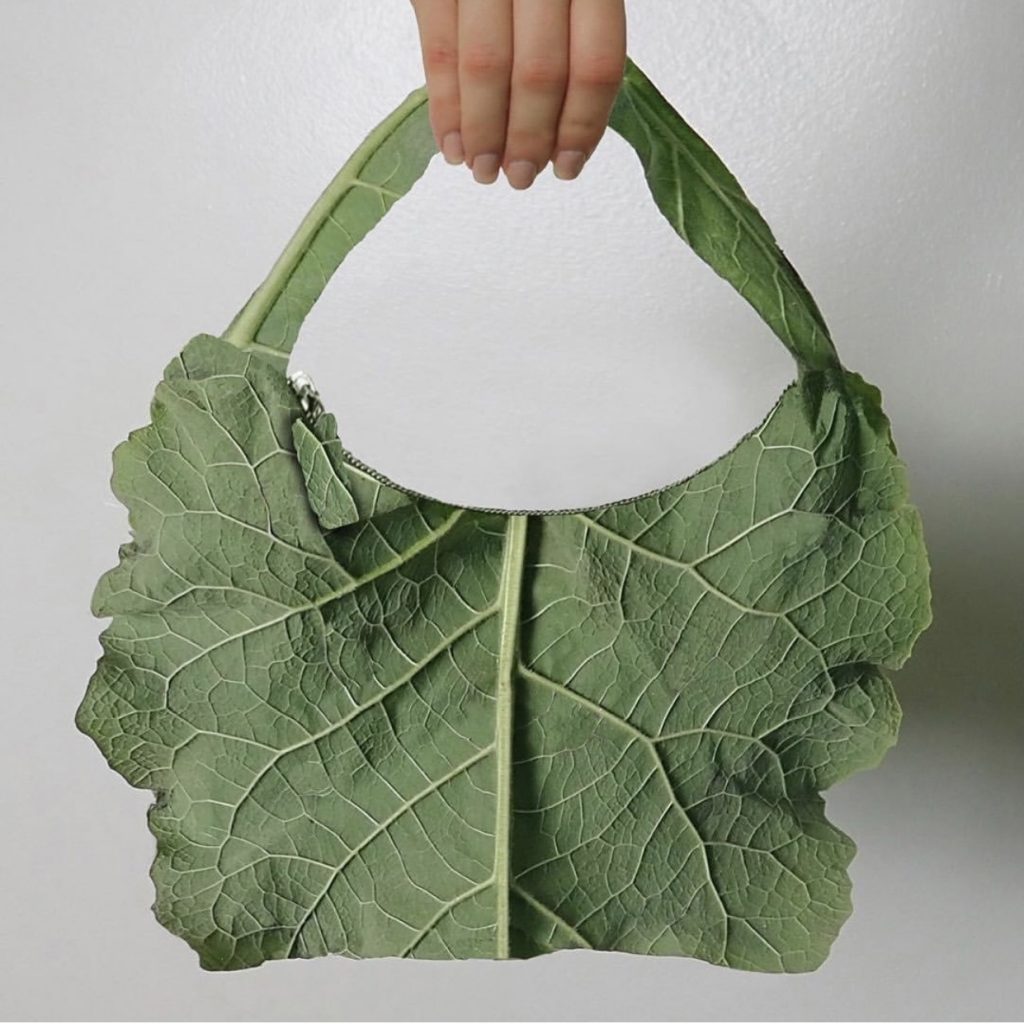
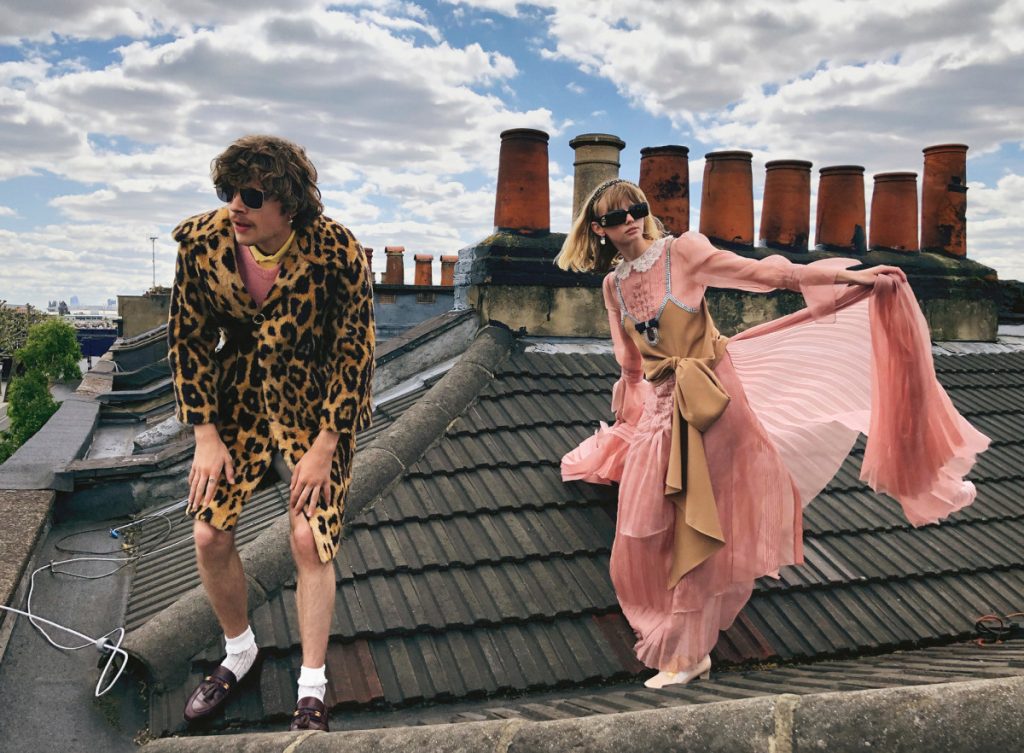
Vegan Leather x Animal Leather
We’ve learned from the meat industry that animals have a significant influence on the environment, and they are often poorly treated. Making more mindful choices during the design phase of fashion would make a colossal influence on leading us towards a sustainable fashion industry and limit the harm of animals.
While it’s great that leather is a by-product and reduces waste, we can’t ignore the link to the meat industry which is far from sustainable or ethical. The meat industry is directly related to deforestation and greenhouse emission levels. To be more specific, around 18% of the entire world’s carbon emissions are produced through animal farming.
What happens to the leftover hides that aren’t used for leather? They most likely end up in a landfill. On the other hand, there are also farmers who profit from selling exotic skins or hides more than the meat of the animal.
By choosing faux leather, you’re helping to reduce waste, water use, and chemicals during the production process, which helps pave the way for a more eco-friendly future. In a recent study it was found that animal-based fabrics take up four out of the top five most damaging materials in fashion (number one being cow leather).
When it comes to plant-based vegan products, most are created from recycled materials, resulting in way less waste and reducing the need for landfills. Animal and environmental welfare are becoming more evident across so many industries, so much so that by 2025 the vegan leather industry is forecasted to be worth $85 billion. We know vegan leather has its flaws, but with time they will become less flawed as technology advances and new materials are discovered.
It may seem like a daunting dilemma, but the meat industry is on the decline and sustainability is taking over!
What is the Lifespan of Vegan Leather?
In most cases it’s found that when vegan leather is coated in plastic it has a much longer lifespan and makes most materials waterproof. The plastic coating also makes it a lot easier to clean, which can aid in the durability of a product. Cork leather is the exception, its natural properties make it waterproof without any use of plastics!
In regards to being repaired, faux leather is also much easier to mend and doesn’t need to be taken to a leather professional or manufacturer like real leather would. Vegan leather repair kits can be purchased online and are super easy to use!
Vegan leather is thinner than real leather, which makes it easier to work with, but that doesn’t mean it won’t last as long. You can find alternatives with amazing quality and longevity much like real leather, but be prepared to pay a bit more than you would for normal faux options.
With the use of plastic coating, it’s estimated that your vegan leather product will last roughly 2-5 years, but of course they sacrifice on being biodegradable in order to increase durability and length of wear. It’s a tough choice: do you choose a garment that lasts longer but uses harmful products, or a garment that is all natural but has a shorter life span?
This vegan leather industry is a serious grey area in fashion, but this has a lot more to do with it being new. In the future, as we continue to learn and improve, we hope to see more sustainable options that can ensure durability without the use of plastic.
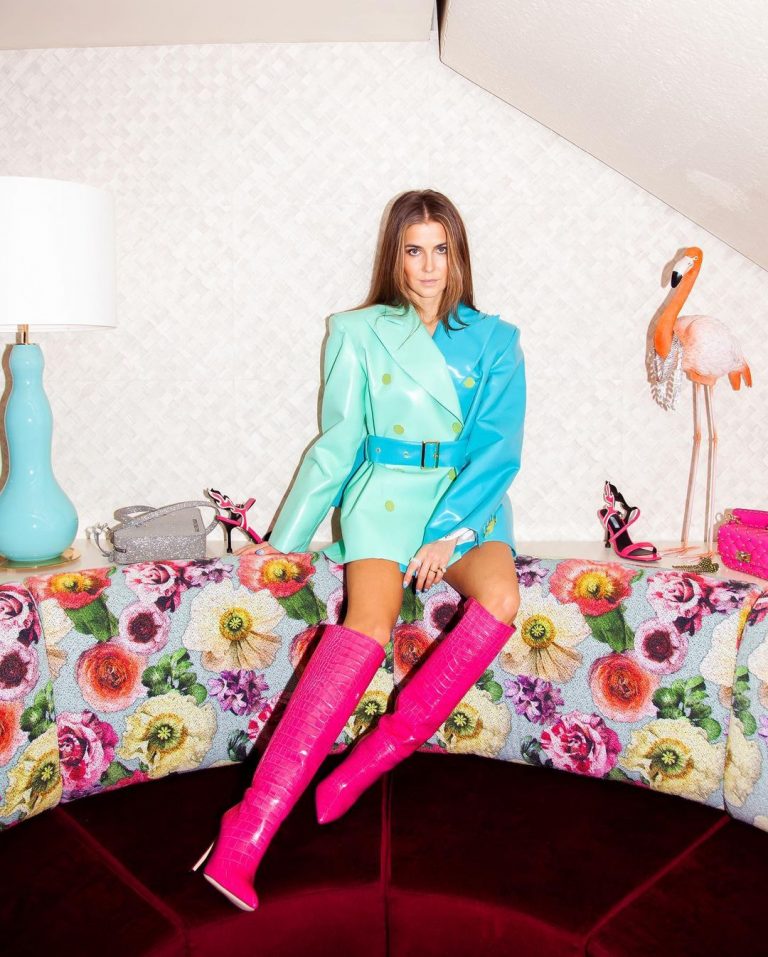
The Verdict
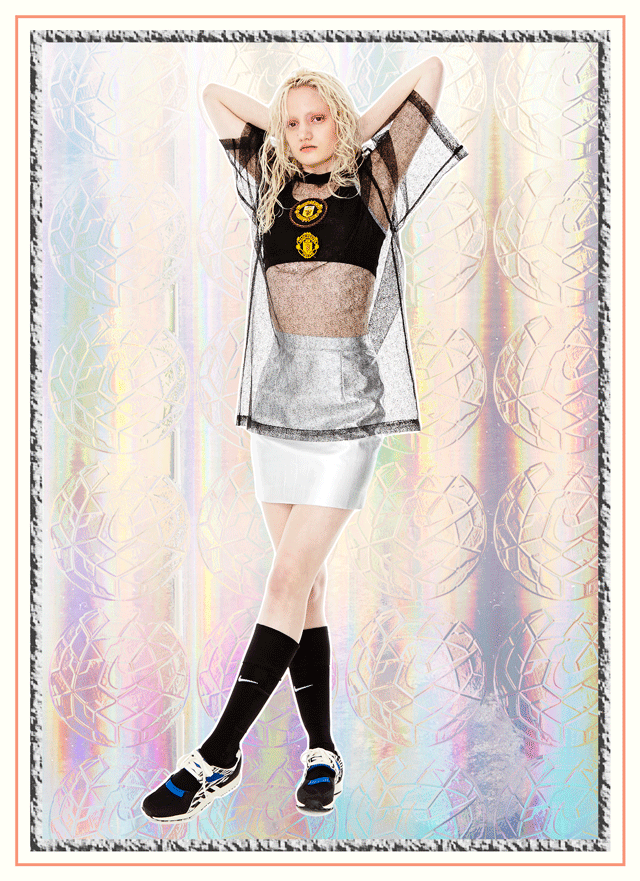
So far, we know that Vegan Leather is definitely ethical, but the sustainability of it is still in question. This industry has grown leaps and bounds in the past years and will only continue to do so. Many sources agree that in the near future, the use of plastics to produce long-lasting leather alternatives will be replaced by sustainable materials. The future of fashion has exciting things coming for us and we can’t wait.
We’re getting closer and closer to eliminating the need for single use plastics and creating an alternative choice in the designing process. When we reach that point, the vegan leather industry will absolutely be sustainable. Until then, let’s keep trying to make more careful choices and being more attentive to what makes our leather alternatives last.
Whatever your choice may be, if it’s vegan leather, you’re making the right one.
Via ÀLA.HAUSSE‘s Multi-functional and Multi-purposeful Fashion Ecosystem- BUY/SELL/RENT/LEND/ (swap BETA 2021) mobile application, INDIVIDUALS & brands ( BETA 2021) are encouraged to REBUY, RESELL, REUSE and UP-CYCLE their personal “Clossets” aka Clothing Assets, along with overstock inventory and samples. Through this consumerism habit shift we indirectly slow down the urgency on fashion’s carbon footprint, aiding sustainability as a whole.
BETA Early Access Application Now Open for CA Fashion Lovers: Apply Now for LAST CALL
#ALAHAUSSE #WEARYOURPURPOSE #HAUSSEPEOPLE
References:
- https://www.harpersbazaar.com/uk/fashion/fashion-news/a30640996/vegan-leather-sustainability/#:~:text=%E2%80%9CVegan%20leather%20can%20be%20made,which%20sadly%20impacts%20the%20earth.
- https://www.thegoodtrade.com/features/vegan-leather-vs-animal-leather
- http://3. https://www.vogue.co.uk/article/vegan-leather-sustainability-debate-2019
